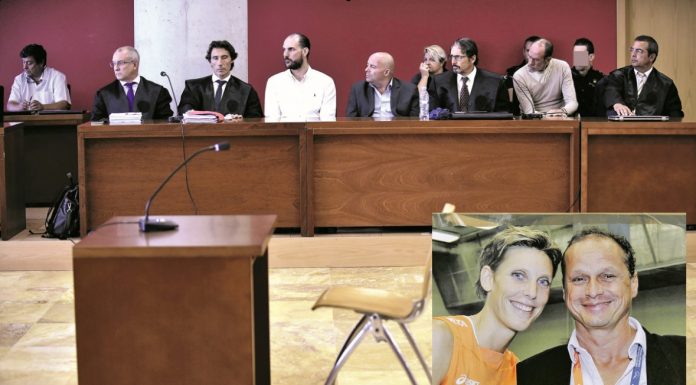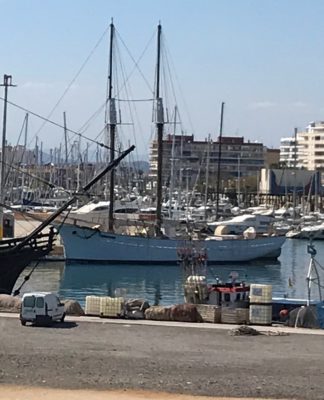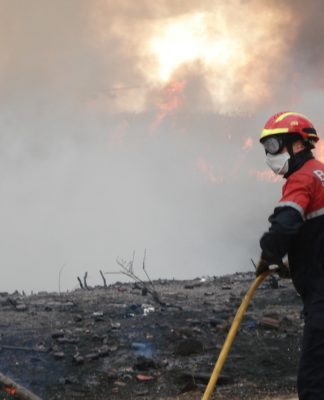This year’s campaign of excavations by the Alicante museum of archaeology (MARQ) will be taking place at six sites around the province between August and October.
It is being funded with €114,000 from the provincial government, explained deputy for culture Juan de Dios Navarro at the presentation yesterday with museum director and project coordinator Manuel Olcina.
The sites are spread around the north, south and centre of the province and cover period from prehistory to the Middle Ages, Sr Navarro explained.
Sr Olcina said the plan involves 27 volunteers and aims to increase knowledge of the civilisations that used to populate different parts of the province.
The Illeta dels Banyets in El Campello was occupied from prehistory to the Roman era. This campaign will continue to focus on the Iberian structures (fourth to third centuries BC) in the central area to learn about their construction techniques and metrology (system of weights and measures). It is scheduled to take four weeks and has a budget of €23,000.
The Cabezo Molino in Rojales dates from late antiquity to the early Middle Ages in the Moorish era (sixth to ninth centuries AD). This year they will continue excavating the sixth century necropolis probably related to people from the eastern Mediterranean (Byzantine or Eastern Roman Empire). A significant part of this project is the anthropological study and DNA analysis of the bodies. This will take four or five weeks and is costing €19,000.
The Tabayà of Aspe is an important hamlet from the Argar culture (second millennium BC) on a rough elevation that was probably a lookout point and checkpoint along the course of the Rover Vinalopó connecting the coast with the interior. The team has a budget of €23,000 to spend five weeks studying the cultural characteristics of this prehistoric period.
Another €3,000 has been set aside just to perform anthracological testing on carbonised wood to identify plant species from the Roman era (first century AD) at the Tossal de Manises site in Aicante.
La Alcudia in Elche was an important Iberian town, on top of which a Roman colony was established and remained populated until the start of the Middle Ages. It is one of the most significant archaeological sites in Spain and was where the Iberian bust known as the Dama de Elche was discovered 127 years ago. This intervention will involve cleaning the structures of the western baths to diagnose what condition they are in, in order to draw up a project for them to be consolidated and turned into a museum.
Currently the structures are quite deteriorated with walls and pavements in danger of collapsing so this will be the start of a definitive restoration of this building. The work also involves La Alcudia archaeological foundation and Alicante university, it will go on for five weeks and has a budget of €23,000.
And finally, the same amount has been assigned to delineate a fourteenth century AD building outside the walls of the Pobla d’Ifac in Calpe. The aim is to finish excavating this building and determine what it was used for, which will take five weeks.
































